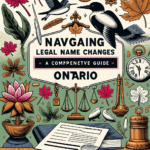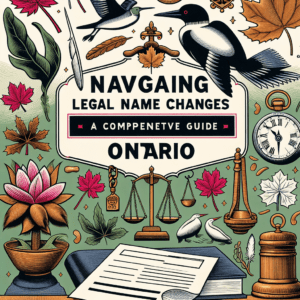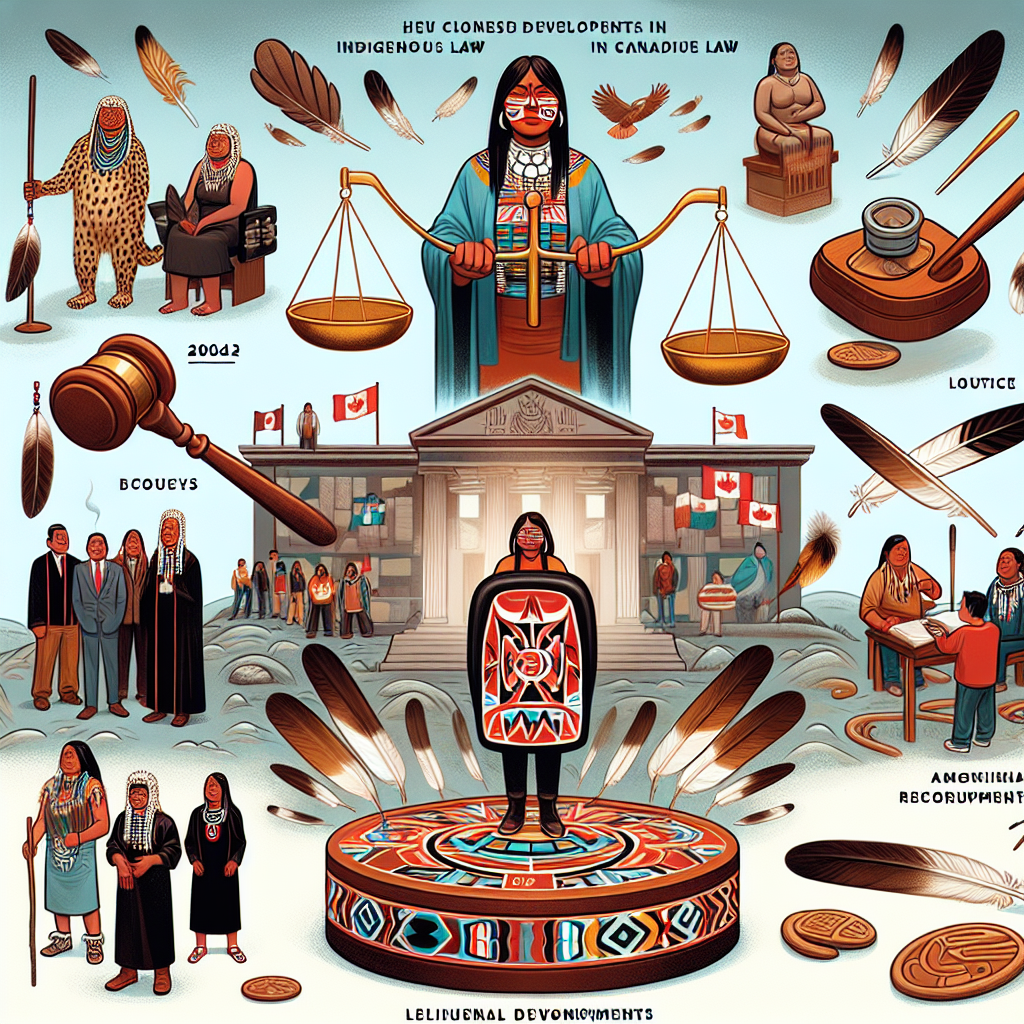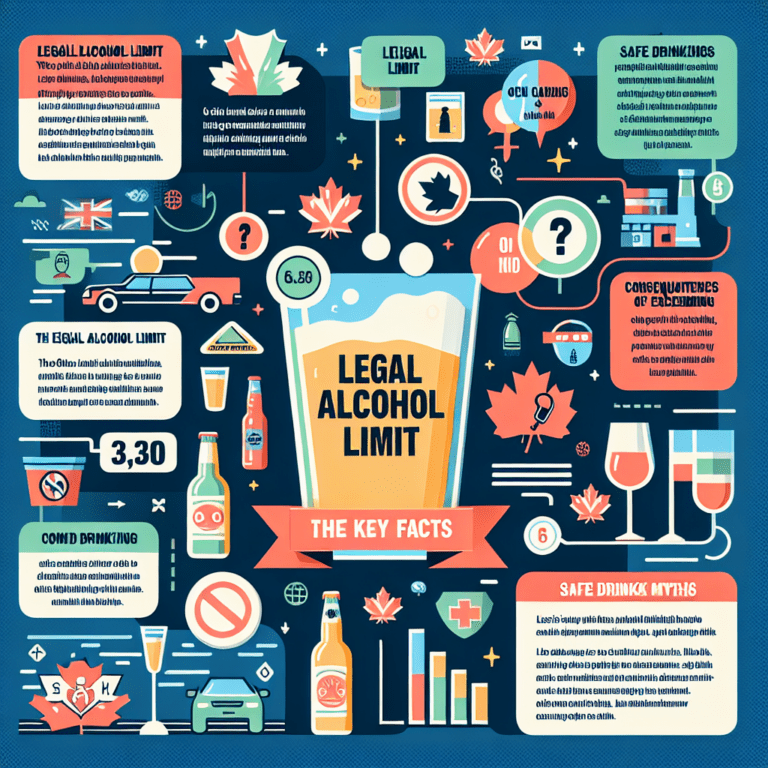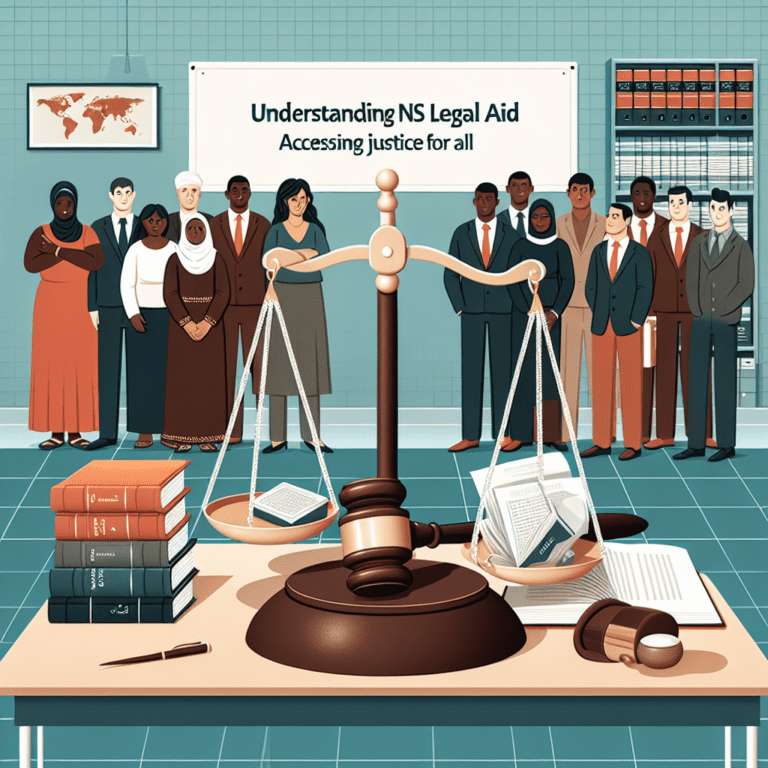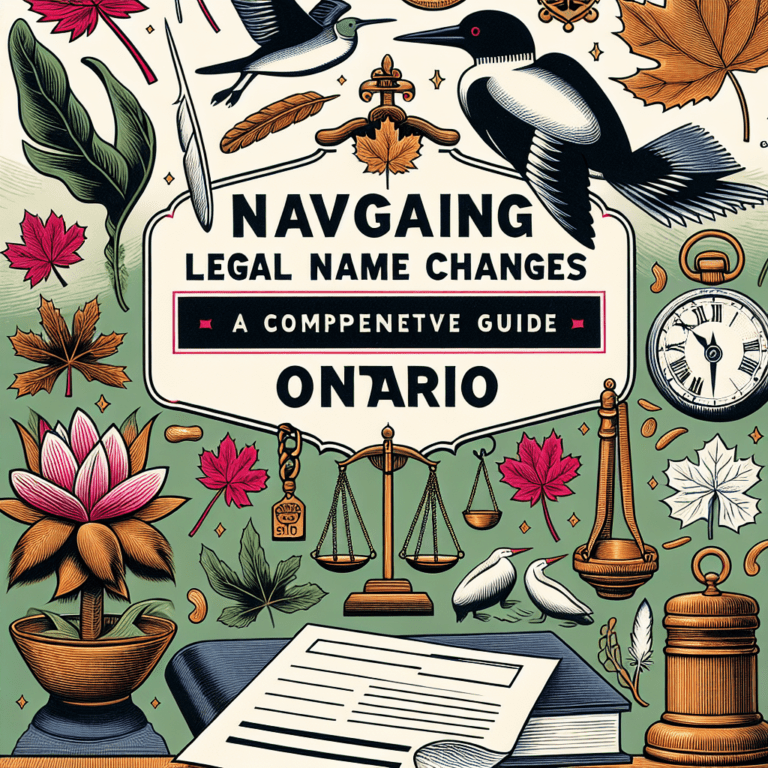In 2024, significant developments in Canadian Indigenous law are reshaping the landscape of governance, rights, and legal recognition for Indigenous peoples. As these changes unfold, understanding their implications is essential for anyone interested in the intersection of law, culture, and social justice. The evolving legal frameworks and pivotal court decisions not only reflect the aspirations of Indigenous communities but also set the stage for a more equitable future. This article explores the key advancements, illuminating their potential impact on governance and rights for Indigenous peoples across Canada.
Emerging Trends in Indigenous Rights and Legal Frameworks 2024
As we move through 2024, the momentum for recognizing Indigenous rights has intensified significantly. One notable trend is the increasing adoption of self-government agreements by Indigenous communities. These agreements grant greater control over local governance and land management, empowering Indigenous nations to make decisions that align with their cultural values and priorities. This wave of self-determination fosters an environment where Indigenous voices are not only heard but prioritized in local and national dialogues surrounding governance and resource management.
Another emerging trend is the heightened scrutiny of existing laws and policies that have historically undermined Indigenous rights. Advocacy groups and legal experts are actively challenging the adequacy of the Indian Act and other legislative frameworks that do not reflect the aspirations of modern Indigenous societies. This shift signifies a collective demand for laws that honor treaties and responsibilities rather than paternalistic structures. As a result, ongoing discussions about reforming these frameworks are bringing Indigenous rights to the forefront of legislative agendas across the country.
Moreover, the trend toward reconciliation is being bolstered by technological advancements and innovative legal approaches. Indigenous communities are increasingly utilizing digital platforms to educate and mobilize support for their rights, creating a more informed public discourse surrounding Indigenous issues. This is complemented by new legal tools that facilitate the assertion of land rights, such as land-use agreements and environmental assessments that incorporate Indigenous knowledge systems. The convergence of technology, advocacy, and legal reform represents a transformative moment for Indigenous rights in Canada, making 2024 a pivotal year for Indigenous law developments.
Landmark Court Decisions Impacting Indigenous Governance in Canada
2024 has also witnessed several landmark court decisions that have profound implications for Indigenous governance. One of the most significant rulings came from the Supreme Court of Canada, affirming the inherent right of Indigenous nations to self-government. This decision not only reinforces the legal foundation for self-determination but also serves as a catalyst for Indigenous communities to pursue their governance structures without interference. Such high-level legal recognition is expected to inspire further negotiations between Indigenous nations and federal or provincial governments, fostering a more collaborative approach to governance.
Another critical court ruling addressed the issue of consultation and consent concerning resource development on traditional Indigenous lands. The court emphasized that meaningful consultation with Indigenous communities is not merely a formality; it is a legal obligation. This decision has far-reaching implications, empowering Indigenous communities to assert their rights in resource development discussions and ensuring that their perspectives are integrated into decision-making processes. As a result, corporations and governments are now more compelled to engage with Indigenous nations, fostering a more equitable balance of power.
Also, cases concerning Indigenous children and child welfare have reached new heights in 2024, leading to significant legal reforms aimed at enhancing the rights and protections of Indigenous children. The courts have increasingly recognized that child welfare systems must incorporate Indigenous knowledge and practices, which prioritize community involvement and cultural connection. These decisions not only aim to rectify past injustices but also set a precedent for ensuring the holistic well-being of Indigenous children within their communities. The evolving legal landscape surrounding Indigenous governance in Canada is thus characterized by a commitment to reconciliation, justice, and the recognition of Indigenous voices.
The developments in Indigenous law in Canada during 2024 highlight a transformative era for Indigenous rights and governance. With self-government agreements gaining traction, legal frameworks undergoing scrutiny, and landmark court decisions reinforcing Indigenous sovereignty, the momentum for change is undeniable. These advancements are not merely legislative shifts; they represent a profound recognition of Indigenous communities’ rights, aspirations, and contributions to Canadian society. As stakeholders navigate this evolving landscape, continued engagement and advocacy will be essential to ensure that the promise of these developments is fully realized. The journey toward justice, equality, and reconciliation continues, and staying informed about these critical changes is crucial for anyone interested in the future of Indigenous rights in Canada.
Navigating Legal Aid Options for Refugees in Canada 2024Exploring Human Rights Legal Support in Canada: 2024 InsightsNavigating Legal Support for Wrongful Termination in Canada 2024Relevant LinkRelevant LinkRelevant LinkUnderstanding LegalZoom Billing: Fees, Structure, and InsightsUnderstanding LegalZoom’s Basic Will: Key Features ExplainedUnderstanding LegalZoom’s Business Address Services ExplainedRelevant LinkRelevant LinkRelevant LinkUnderstanding Legal Self-Defense Weapons in CanadaUnderstanding Legal Paper Size: Dimensions and Uses ExplainedNavigating Legal Name Changes in Ontario: A Comprehensive GuideRelevant LinkRelevant LinkRelevant Link


